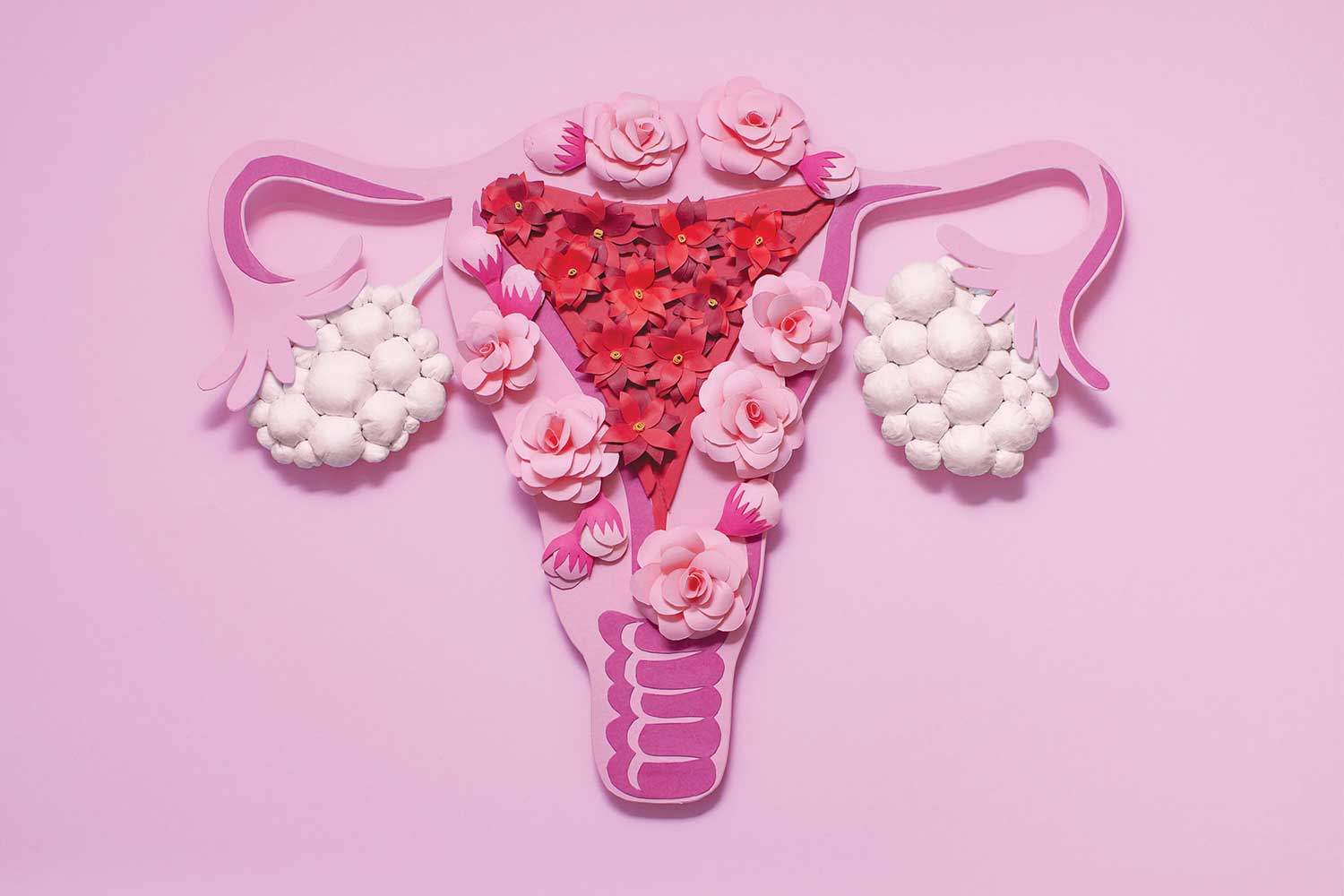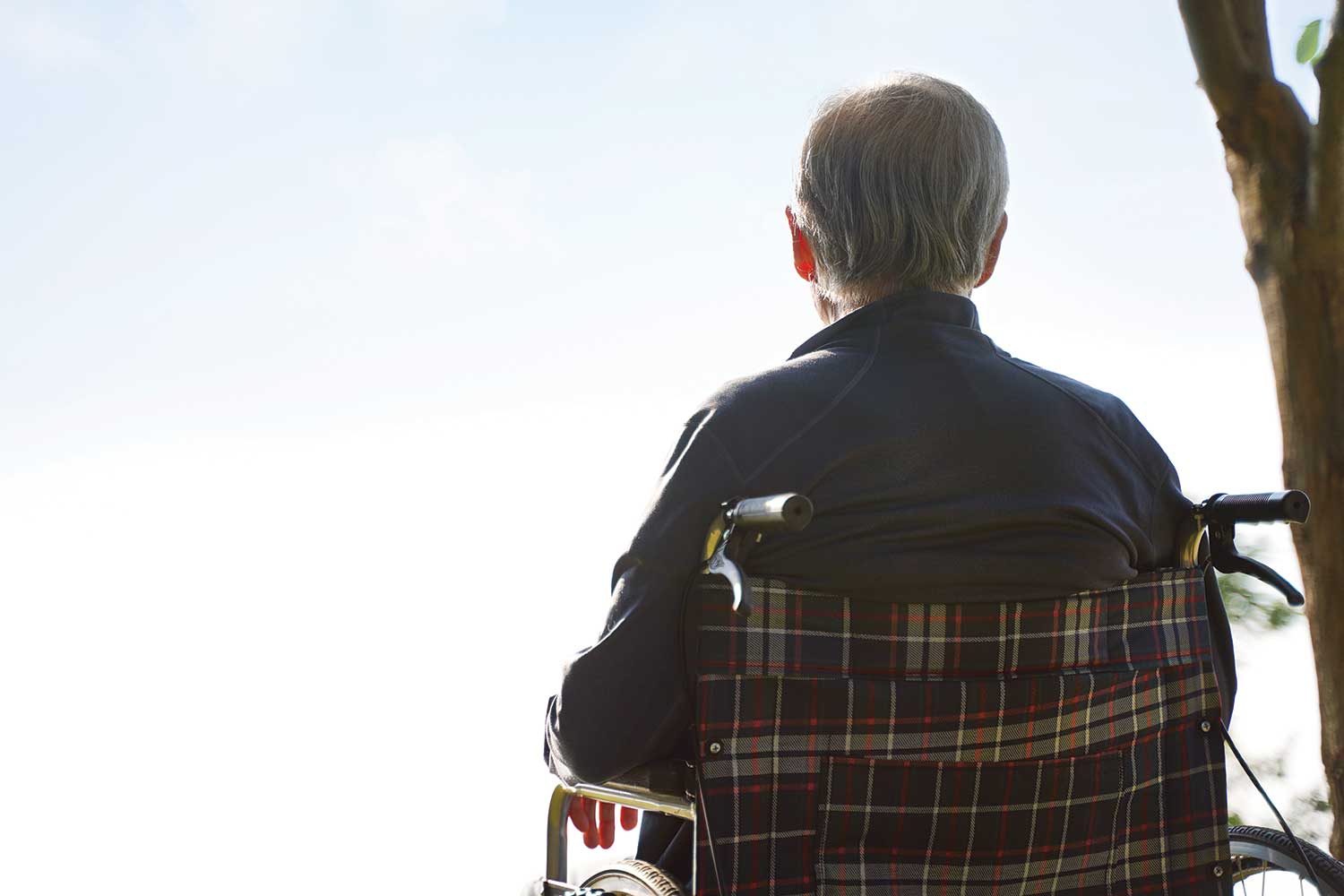
Issue 38 / May 2021
IN VIVO
Tackling Heat Stress: Optimising Human Health and Potential in a Warming World

Singapore is heating up twice as fast as the rest of the world, but it does not mean we cannot do anything about it. As part of his research work looking at heat stress management, Associate Professor Jason Lee is leading a team of researchers to undertake heat-related research on various fronts.
eeling hot in Singapore’s tropical climate is often perceived as normal, but most are unaware of how detrimental heat can be to our overall health, well-being and performance. While heat stress is the effect of the environment on the individual, heat strain is the resultant thermal load the body experiences predominantly from the weather, workload and clothing.
The three pillars of human health and performance are diet, exercise and sleep, and each of these can be hindered by heat stress. In this regard, Assoc Prof Jason Lee, the Deputy Director of the Human Potential Translational Research Programme at NUS Medicine, is leading a team of researchers from various disciplines to undertake heat-related research.
Although heat stress is typically associated with outdoor work, it is also present in indoor workplace environments involving processes that emit radiant heat with inadequate ventilation. Workers, including military personnel, firefighters, law enforcers, construction workers, healthcare workers, and food stall hawkers are particularly affected by the heat.
Heat stress not only increases the risk of heat injury but can also interfere with work productivity. In addition, heat stress can compromise decision making, thereby increasing the risk of accidents.1 Long-term exposure to heat stress can also induce diseases such as chronic kidney disease of non-traditional causes even in healthy working adults.2
Knowledge to safeguard well-being
To inform the public on managing the risk of heat injuries in Singapore, Assoc Prof Lee recently chaired a workgroup with representatives from local ministries to revise the Workplace Safety and Health Guidelines on Managing Heat Stress in the Workplace3, which incorporates evidence-based causes and methods to measure heat stress, its symptoms, and ways to minimise excessive heat stress in the workplace. The report also highlights that downstream heat-related incidents are often due to a poor start state and therefore, special attention must be given to individuals who are unwell, under-recovered or on medication, as these risk factors would increase one’s susceptibility to heat injury.
Beyond the workplace, heat stress can also affect our way of life. The Singapore government has continuously encouraged the public to adopt an active lifestyle through exercise. However, high local temperatures do not favour outdoor activities.
“Many would therefore choose to exercise only during the cooler periods, hence limiting our opportunities to exercise outdoors. If we do not act to reduce heat stress, it is expected that as temperatures continue to rise prospectively, the avoidance of outdoor exercise due to thermal discomfort would ensue.4 Chronically, this implies that both our physical and mental health would be compromised,” said Assoc Prof Lee.
Besides the benefits to health and wellness, Assoc Prof Lee recommends aerobic fitness conditioning to alleviate heat stress5, as aerobically fitter individuals also have higher thermal tolerance.
The ageing population in Singapore, which includes those suffering from chronic diseases, is also affected by heat stress. Reported decrements in skin blood flow and sweating response can predispose them to a higher level of heat strain. Clinical studies have also described Type-2 diabetic patients to suffer from impaired balance and greater loss in strength.6 Assoc Prof Lee and his team are working to investigate if heat exacerbates these functional outcomes, and build on existing knowledge about this group of patients, in hope of improving their quality of life in our tropical environment.
Multidisciplinary approach for a multifaceted public health problem
Assoc Prof Lee is confident that the way forward to tackle heat stress is to adopt a multidisciplinary approach. He collaborates with climatologists, engineers and material experts to create human-centric technology7, such as personalised heat strain monitoring wearables and effective cooling vests to reduce thermal strain during exertion. He also works with social scientists to better describe the problems at hand, and partners economists to quantify the cost-benefits of the eventual solutions.
“If we do not act to reduce heat stress, it is expected that as temperatures continue to rise prospectively, the avoidance of outdoor exercise due to thermal discomfort would ensue.”
Assoc Prof Lee
At present, Assoc Prof Lee is co-leading a multidisciplinary project—Heat‑Safe—with the Singapore-ETH Centre to examine implications of heat stress, and provide sustainable policies and solutions to improve worker’s health and work productivity in the tropics.
The goal of project Heat-Safe is to alleviate the problem of heat stress, with a focus on working adults. In addition, the project examines the impact of heat on pregnancy and fertility, as well as learning in children in tropical environments.
Current evidence suggests that heat stress can influence pregnancy outcomes, inducing preterm birth, stillbirth and low birth weight.8 Therefore, Assoc Prof Lee believes that it is crucial to intervene in the effects of heat stress even during prenatal care. A recent analysis revealed that thermal stress hinders learning ability in children internationally.9
Under the National Research Foundation’s Campus for Research Excellence and Technological Enterprise (CREATE) programme, project Heat-Safe aligns with Singapore’s Research, Innovation and Enterprise 2025 (RIE2025) mission, in the domain of Human Health and Potential, which aims to make use of research and technology to preserve health and maximise human capabilities.
Through project Heat-Safe, an international collaboration between Assoc Prof Lee’s team and a team in Cambodia will assess the impact of thermal stress on learning in children.
“If a similar association is found in our region, it would inspire more to be done in schools through various approaches, such as enhancing the classroom environment—beyond air-conditioning—or even manufacturing more thermally comfortable school uniforms,” shared Assoc Prof Lee.
Through this concerted multidisciplinary approach, Assoc Prof Lee and his team hope that their studies on heat stress can go beyond scholarly research, and be translated into recommendations, policies, educational resources and technological advancements to truly improve human health and potential.
This article was first published on 4 March 2021 in NUS News, and has been edited for MediCine.
-
https://doi.org/10.1016/j.apergo.2017.02.018.
-
https://doi.org/10.3390/nu12061639.
-
https://www.tal.sg/wshc/Resources/Publications/WSH-Guidelines/WSH-Guidelines-on-Managing-Heat-Stress-at-the-Workplace.
-
https://doi.org/10.1088/1748-9326/abd130.
-
https://doi.org/10.3389/fphys.2019.00071.
-
https://doi.org/10.1111/dme.14470.
-
https://doi.org/10.1088/1748-9326/abd350.
-
https://doi.org/10.1136/bmj.m3811.
-
https://doi.org/10.1038/s41562-020-00959-9.




